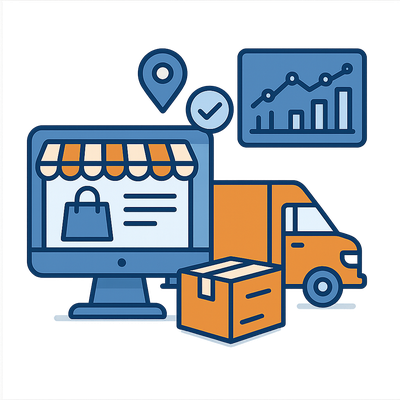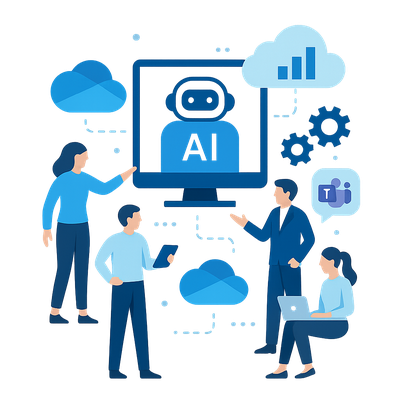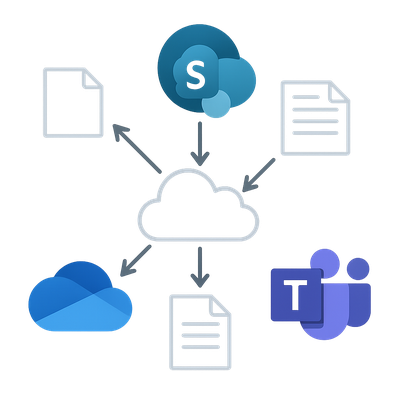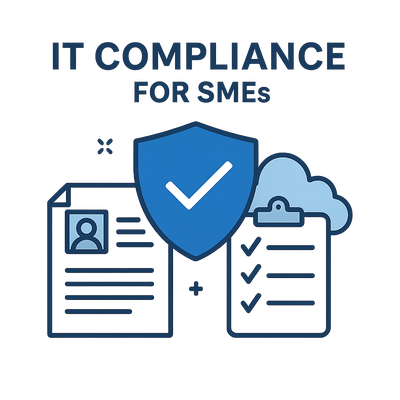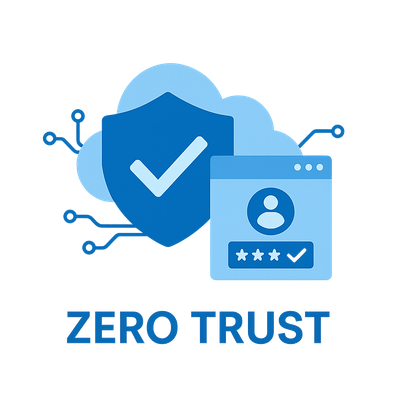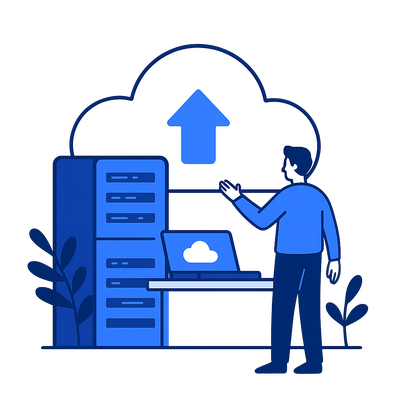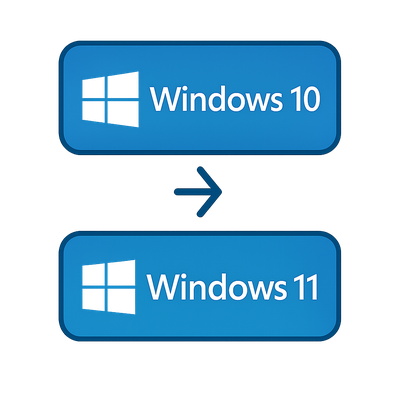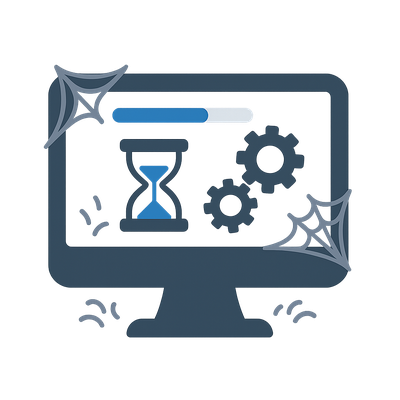
By Geek - August 2025
Every business experiences it eventually, computers that once ran smoothly begin to lag, take longer to start, and seem slower with every update. While it is easy to assume that hardware simply “wears out,” the truth is more nuanced. Computers slow down over time because of a combination of software bloat, background processes, hardware fatigue, and evolving workload demands. Understanding why this happens helps business owners decide when to maintain, upgrade, or replace systems for maximum value.
The Myth of Hardware Aging
Computer components do not slow down in the same way mechanical parts wear out. Processors, memory, and storage drives maintain their speed for many years. However, as operating systems and applications grow more complex, older hardware struggles to keep up. This mismatch between modern software and legacy hardware is the primary cause of performance decline.
Software Updates and System Bloat
Each software update introduces new features, security patches, and background services. Over time, these cumulative additions increase system load. Operating systems such as Windows and macOS expand to support new standards and hardware, demanding more RAM and storage space. Even productivity tools like browsers or office suites consume more memory as they evolve. Without periodic optimisation, this leads to noticeable slowdowns in boot times and everyday performance.
Additionally, many programs install auto-launch services that run silently in the background, consuming system resources. These startup processes can multiply across months or years, creating a heavy baseline load that reduces available memory and CPU cycles for actual work.
Storage Fragmentation and Capacity Issues
Traditional hard drives (HDDs) suffer from file fragmentation over time. As files are created, deleted, and modified, data becomes scattered across the disk, increasing the time it takes for the drive head to locate each fragment. Although solid-state drives (SSDs) do not fragment in the same way, they still slow down as they fill up. Most SSDs need free space for wear-levelling and efficient write operations; when storage exceeds 80 percent capacity, performance can degrade significantly.
Startup Programs and Background Tasks
Modern operating systems allow multiple programs to register at startup. Tools for syncing, communication, printing, antivirus, and updates often compete for resources immediately after boot. Over time, new software installations add to this list, extending startup times and leaving less processing power available for business applications. Managing startup entries and disabling unused background services is one of the quickest ways to restore lost performance.
Malware and Unwanted Software
Even with modern antivirus protection, unwanted programs and browser extensions accumulate. Adware, trackers, and poorly written utilities can consume CPU and memory while running hidden tasks. These issues often develop gradually, making systems feel slower without a clear cause. Regular security audits and malware scans are essential for maintaining healthy system performance in business environments.
Thermal Throttling and Dust Build-Up
As computers age, dust accumulates inside fans and heat sinks. Restricted airflow causes components such as the CPU or GPU to overheat. Modern processors protect themselves by reducing clock speed, a process called thermal throttling. The result is reduced performance, especially during heavy workloads. Cleaning internal components, replacing thermal paste, and maintaining proper ventilation can recover significant speed on older systems.
Outdated Drivers and Firmware
Hardware performance depends on the efficiency of its firmware and drivers. As manufacturers release updates, older drivers may not be optimised for newer operating systems. This can lead to slow input responses, longer load times, or compatibility issues. Regular driver maintenance, especially for graphics, storage, and network adapters, can help restore responsiveness.
Insufficient Memory and Resource Demands
As software grows more complex, memory requirements increase. Systems that once ran comfortably on 8 GB of RAM may now struggle to keep multiple applications open. When memory is exhausted, the operating system uses disk space as temporary virtual memory, which is much slower. Upgrading RAM or switching to an SSD can dramatically extend the usable life of an aging computer.
Power Management and Battery Aging (Laptops)
Laptops introduce additional variables. Over time, batteries lose capacity, forcing the system to lower power states more often. Reduced voltage can affect CPU boost performance and system stability. Keeping laptops plugged in for stationary use and replacing aging batteries every few years can help sustain performance.
Business Software Growth and Data Expansion
Businesses often store increasing amounts of data on local machines, from cached emails to large client files. Cloud syncing services and backups can also slow systems when running in the background. As datasets expand, even high-performance systems can lag without proper file management and scheduled data archiving.
The Impact of Security and Compliance Tools
Security suites, compliance scanners, and remote monitoring agents are essential for business protection but can also contribute to performance overhead. While each tool serves a purpose, overlapping functionality can create redundancy. A managed IT provider can consolidate these tools to maintain protection while reducing resource usage.
“Computers rarely fail overnight, performance loss happens slowly as software, dust, and data accumulate.”
Maintenance vs Replacement
Not every slow system needs replacement. Professional maintenance can recover much of the lost performance by addressing software clutter, cleaning hardware, and upgrading key components like SSDs and RAM. However, when hardware is several generations old, replacement may be more cost-effective than continuous patching.
How to Extend Computer Lifespan
- Schedule quarterly maintenance that includes cleaning, driver updates, and system optimisation.
- Adopt centralised management tools to automate updates and backups.
- Educate staff on safe installation practices and software hygiene.
- Monitor resource usage with built-in performance tools to identify bottlenecks early.
How Can We Help You?
We help businesses improve system performance, extend hardware lifespan, and make smarter upgrade decisions. We assess your computers, identify the causes of slowdown, and apply targeted fixes, from SSD upgrades and memory expansion to operating system optimisation and security tuning. We also create long-term hardware management plans that reduce downtime and ensure consistent performance across your team. By partnering with us, you gain the confidence that your technology investment continues to deliver value year after year.
